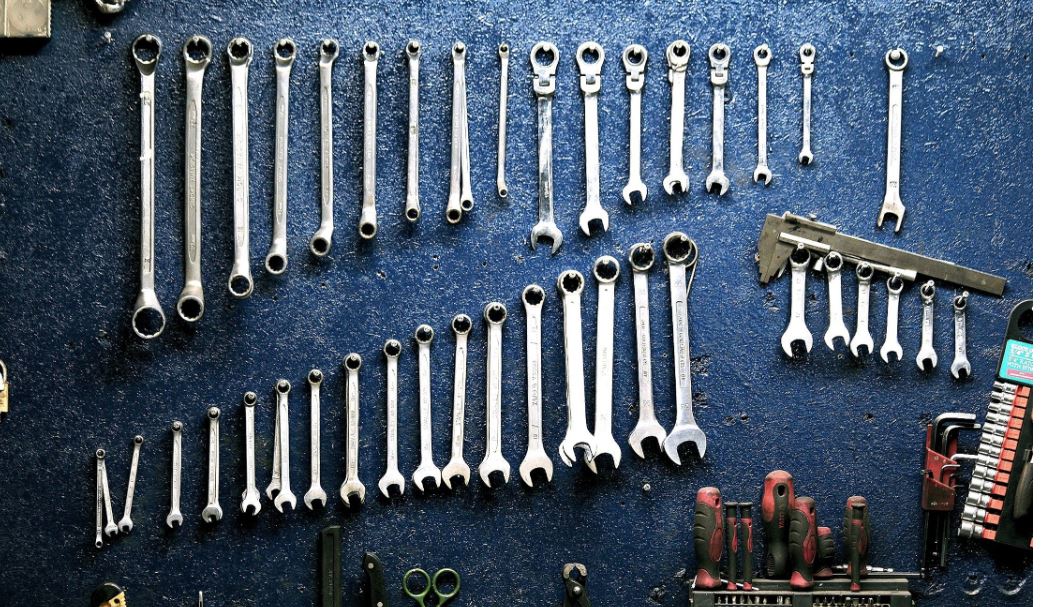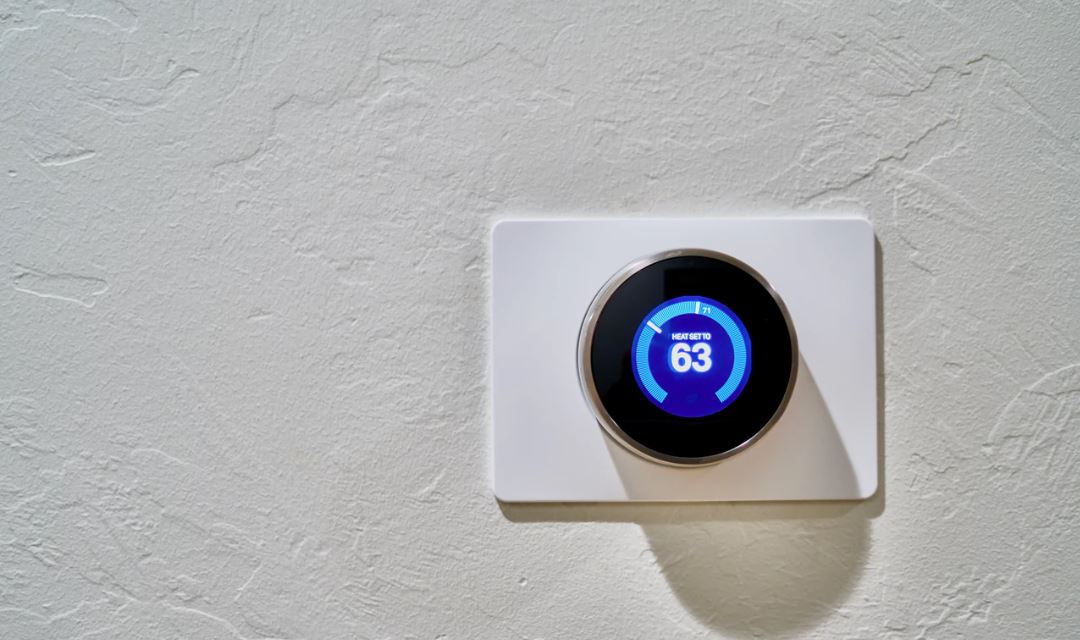Ideas about safety and hygiene are always developing. When cars were first invented, they didn’t even have seatbelts, now they are mandatory,
while airbags are standard and many cars have other safety features as well.
Child seats have become commonplace (mandatory in many countries, at least for younger children) and now more attention is being paid to pets in cars.
Keep All Animals Secured
It may be tempting just to open the back door, let the dog jump in and drive off and most of the time nothing will happen.
Most of the time people don’t need their seatbelts either, but there’s a reason why they’re compulsory.
If you have an accident, a pet which has been restrained, either in a carrier or by using a pet harness has a much better chance than a pet which hasn’t.
Just as importantly, a pet which has been restrained is less likely to be the cause of an accident than one which hasn’t.
Dogs Die in Hot Cars (and other pets aren’t necessarily too happy either!)
The issue of dogs in cars has already been well publicized, but even though many people may have heard of it,
every year journalists find stories showing what can happen when owners either forget or simply underestimate the danger(and sometimes these stories involve people who should have known better), so it’s worth repeating.
Dogs overheat very easily in hot environments, particularly cars and other animals may become unwell too.
When driving with a dog, if the weather is remotely warm, either the air conditioning needs to be on or the window needs to be open.
There also needs to be plenty of water available. Thankfully there are now special dog bowls designed to be used in cars (and similar environments),
which allow pets to drink on the move without water getting everywhere.
Try to Keep to Their Usual Routine on Longer Trips
When introducing animals to cars, try bringing their blanket and some favourite toys so that they have a familiar smell around them.
These can also be comforting on longer trips, which can be both boring and stressful for animals in the same way as they can be for small children.
You want to avoid adding to the disruption by changing their daily routine.
If your pet is used to being fed at certain times, then this will influence when they start to feel hungry and they will also need time to go to the toilet.
While dogs can be let out on a lead and caged pets can use their cages, cats can be more of a challenge.
Some cats can be harness-trained, but many will take strong objection to the idea and, as clean animals, will not want to use their carrier.
If you absolutely must make a trip which is going to coincide with when they will need a toilet break,
possibly the most practical approach is to take an enclosed litter tray and let them use it in the back seat or boot.
Treats Can Work Wonders
Many animals travel happily without needing any inducement, others can be persuaded to do so with a little gentle bribery and possibly the use of some calming medication, particularly for cats.
Your vet will be able to advise on this. Some forms of medication contain purely plant-based ingredients and will simply relax your pet enough for them to stop fretting about the trip.
Keep The Inside of the Car Clean
Car cleaning is a lot easier than it used to be with all sorts of products out there to help make the task easier.
But actually, a large number of car owners these days just use one of the many mobile car valeting services that seem to be sprouting up all over the place.
Competition is fierce in this market, which makes prices really cheap for the customer and you can sit back and let a team of pros do all the cleaning for you.
Leaving aside general tidiness, it’s important to clean the inside of your car regularly if you use it for transporting pets to ensure it’s free from any allergies and ‘undesirables’.
Pet hairs are a standard source of allergies and even if nobody in your regular circle shows any sort of reaction to them,
you never know when you may be called upon to give a lift to somebody who does.
The other key point, is that pets can also function as transport vehicles for all sorts of other life forms, including fleas and ticks.
Most people prefer to avoid having their cars being used as breeding grounds for bugs and they are also a common source of allergies for both animals and humans.
I hope the tips and advice above help to ensure a happy relationship between you, your pets and your car!
After almost 15 years working for various financial service companies, Kit MacLean escaped to work as a freelance writer and translator.
She has a keen interest in cars, enjoys poker, walking with her dog and playing quizzes.
Pets & Cars





